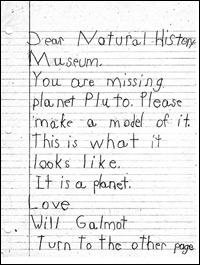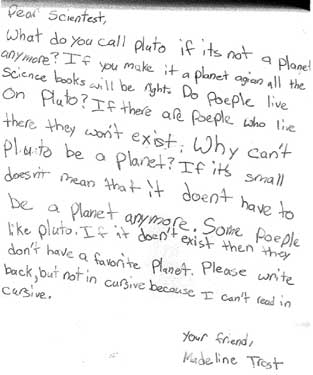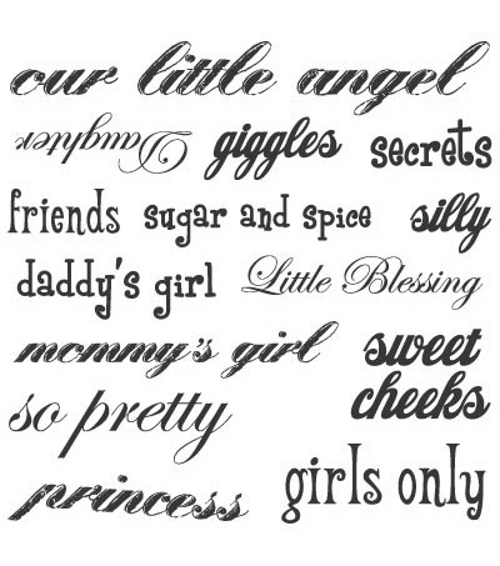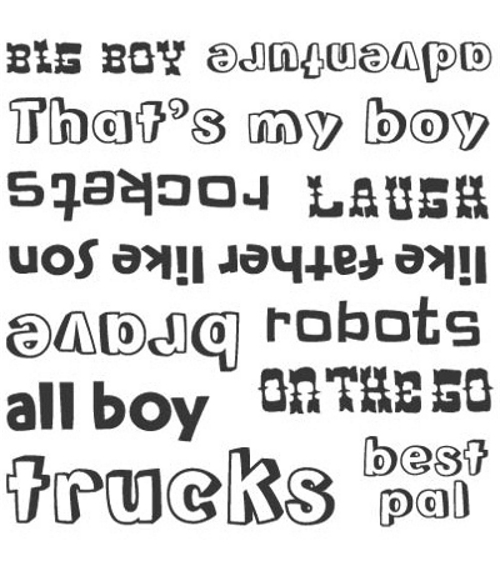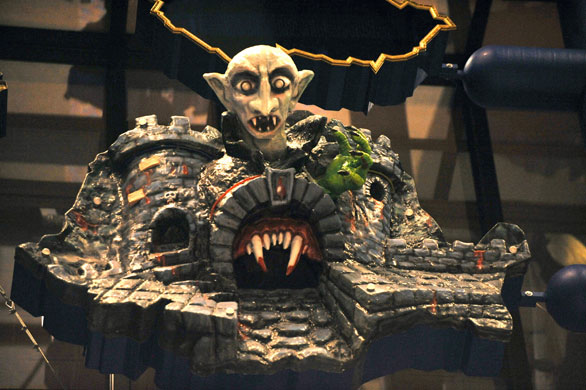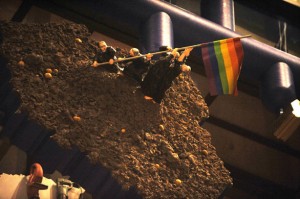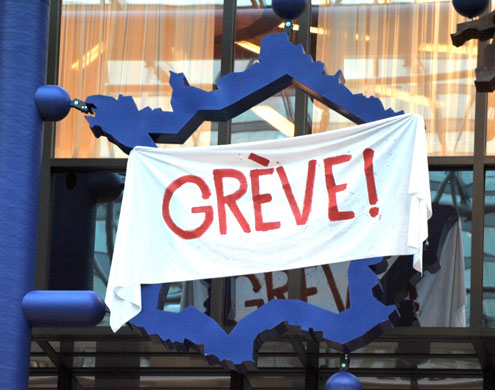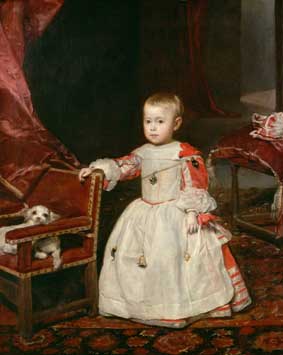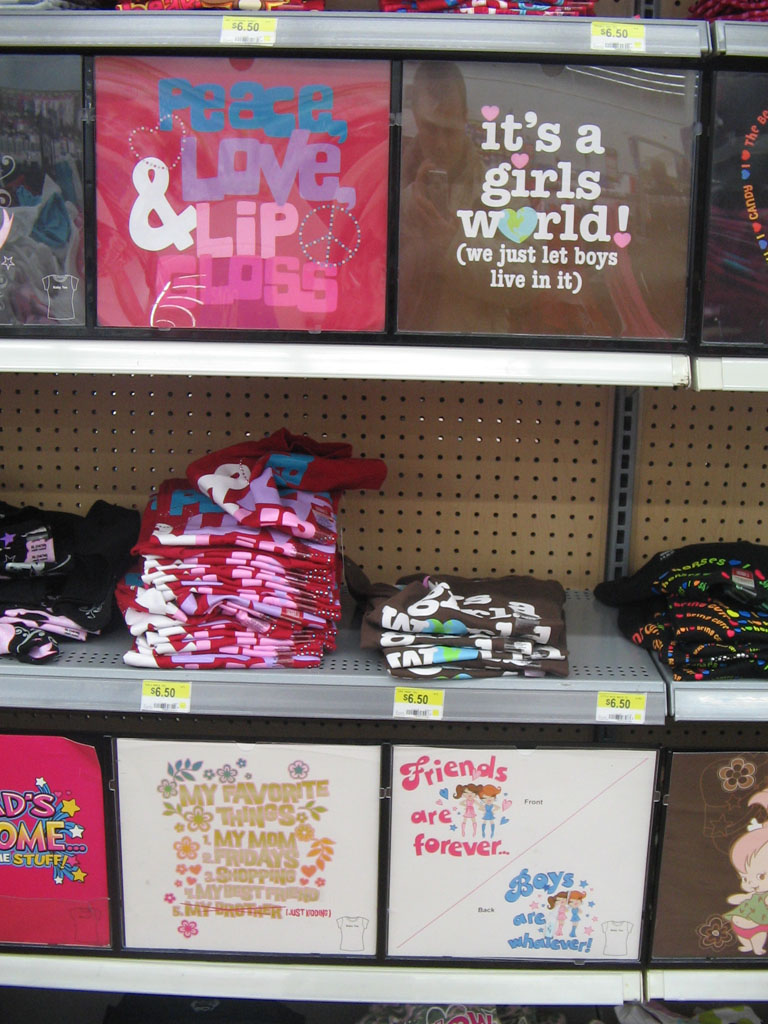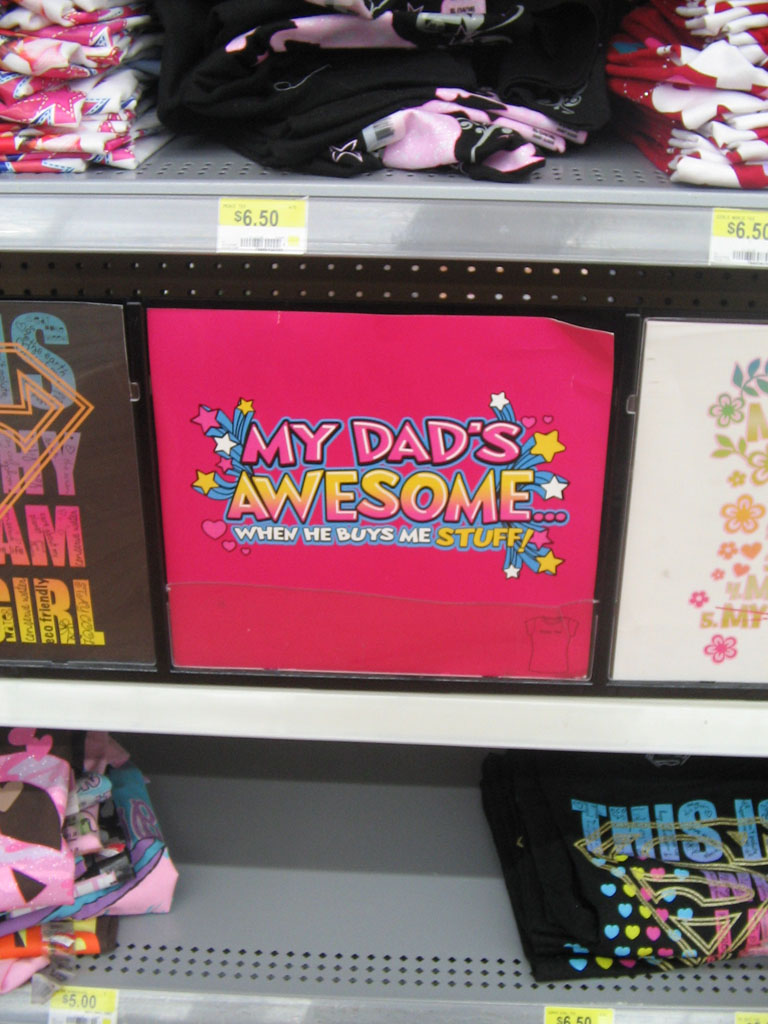Behold, “The Ugly Truth” about women and men: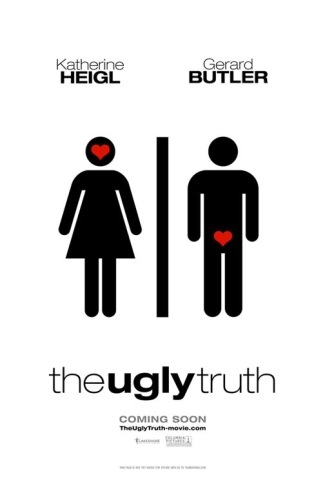 Amanda at Pandagon offers a nice analysis:
Amanda at Pandagon offers a nice analysis:
It’s the classic modern attempt to mollify women about vicious gender stereotyping by phony flattery through insulting men—men are such dogs, amiriteladeez?! But the “men are dogs” stereotype is ultimately about putting women in their place, because it packages these assumptions:
* Women are naive, emotional, and kind of stupid, which is why men can exploit these “feelings” women have to steal sex from us.
* Women are obsessed with irrational things like weddings and getting flowers, and they lose their minds over this. (Men are compelled by their supposed out of this world horniness, but rarely are they depicted as losing control of themselves to the point where they lose their dignity.) This is why men have the upper hand, because women are too crazy to hang onto it. It’s certainly not that this is a male-dominated society, no siree, and to make that abundantly clear, female rom com characters now usually have a lot of professional power.
* Women don’t really like sex that much; they just tolerate it to lure unwilling men into pretending to care about us.
* Men are cold, unfeeling creatures that just want sex and nothing more. Women cannot change this, so we have to accept it. For some reason, just abandoning men altogether if they suck this much doesn’t occur to anyone.
* But for some reason, if you buy into this bleak worldview where men and women are completely different, and at war with each other, you’ll be rewarded with True Love.
Via Jezebel.

